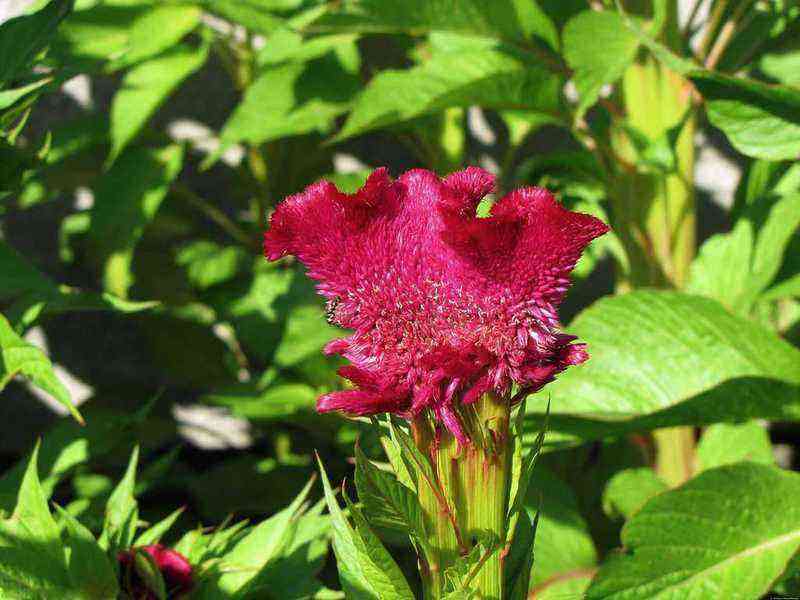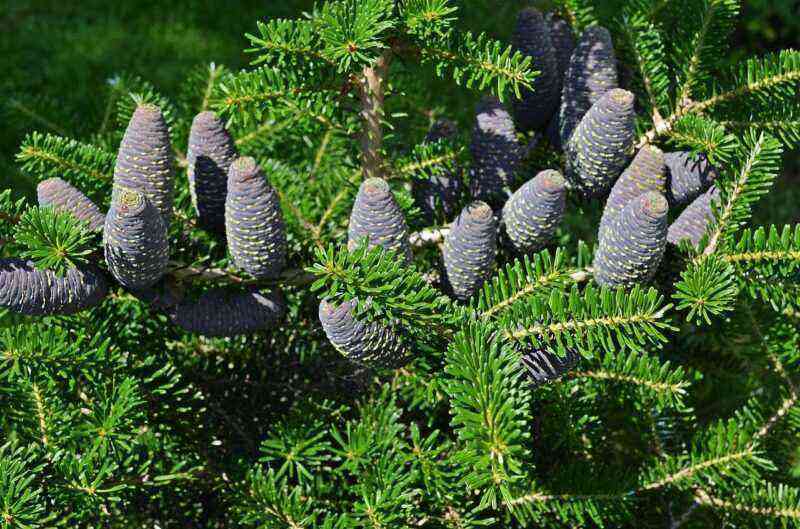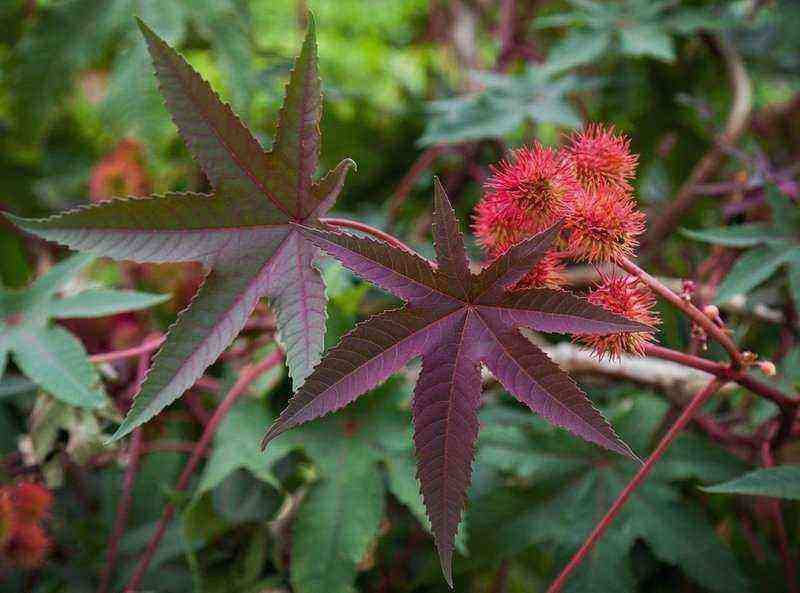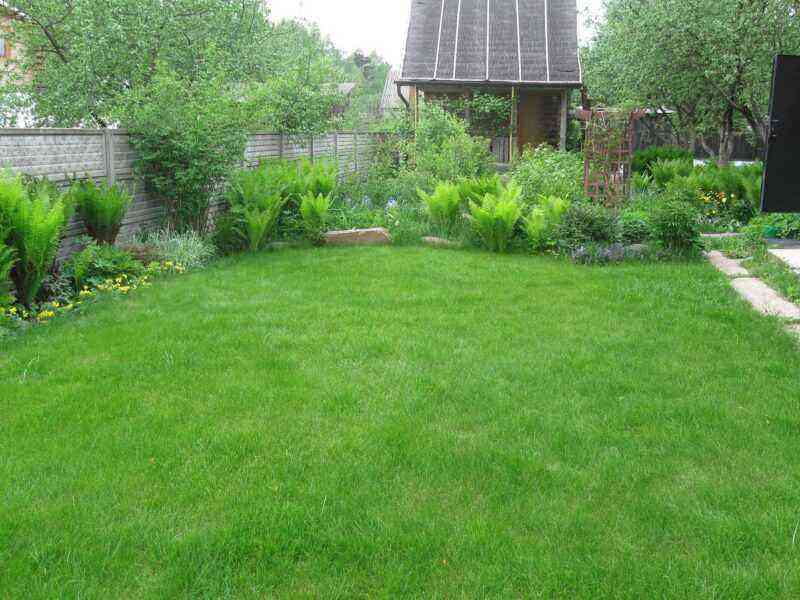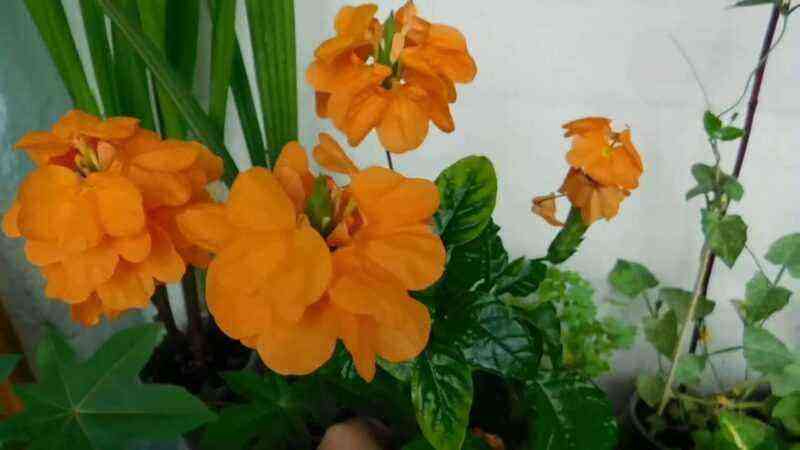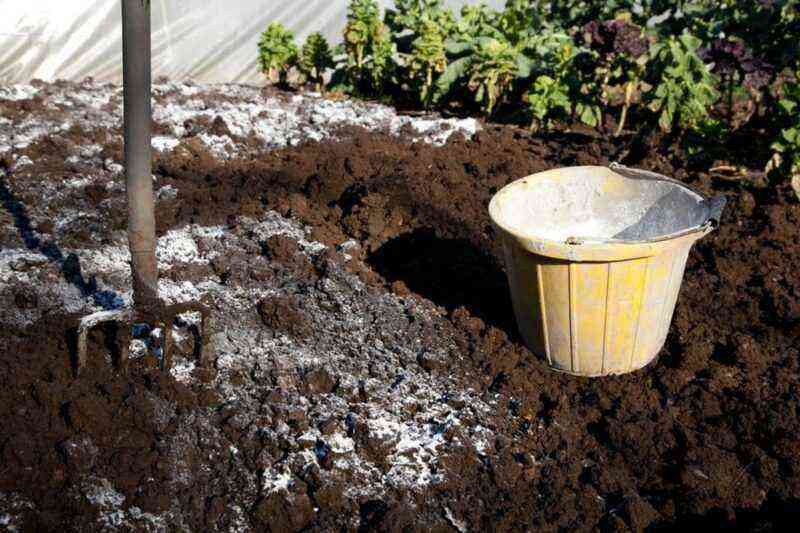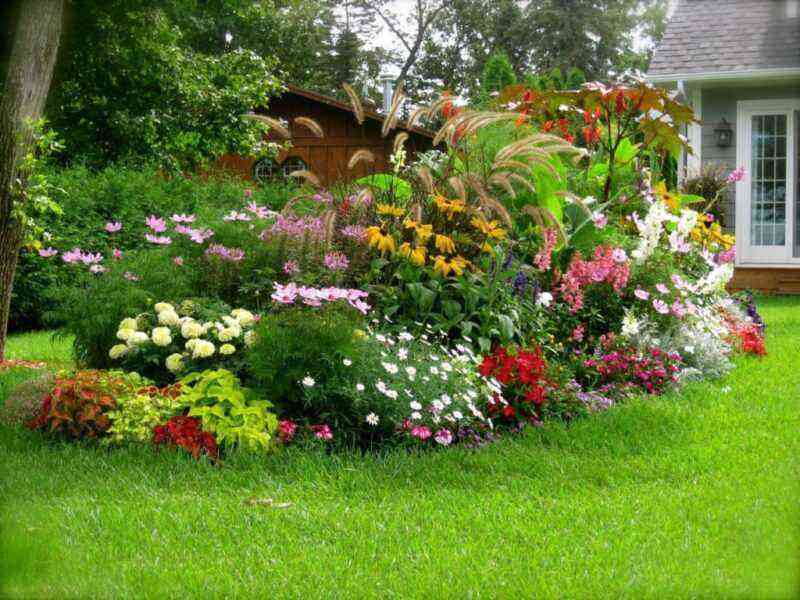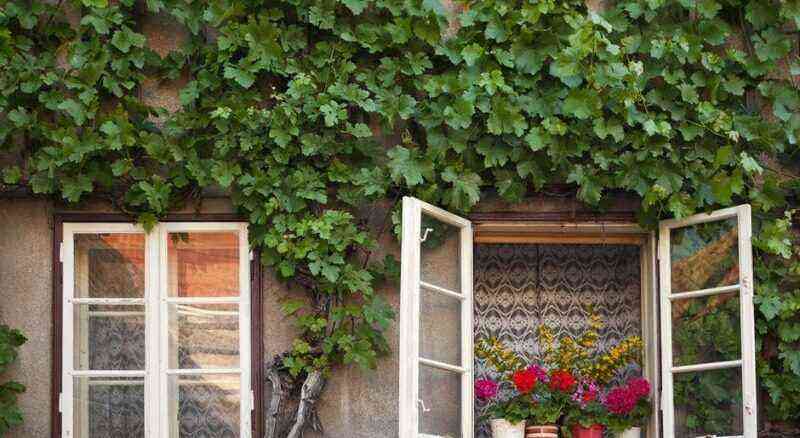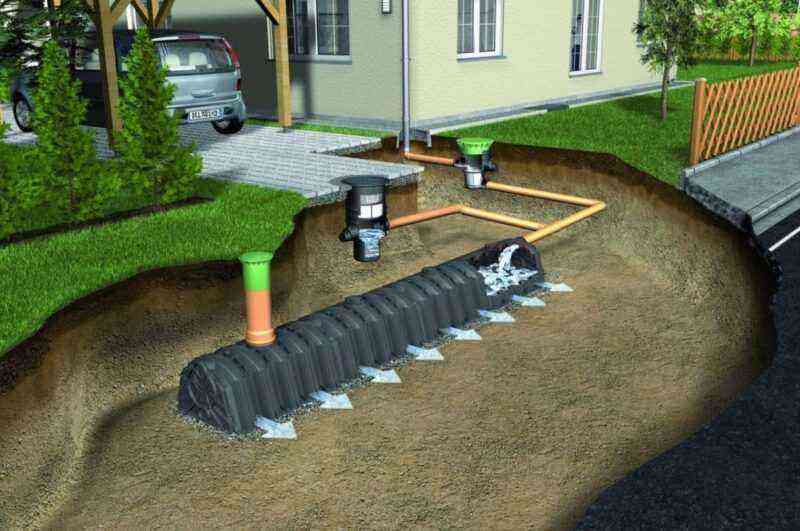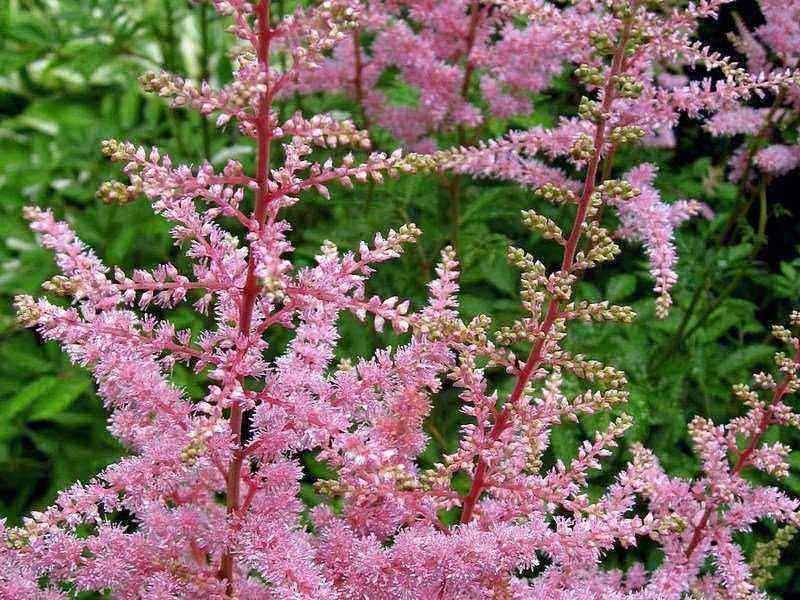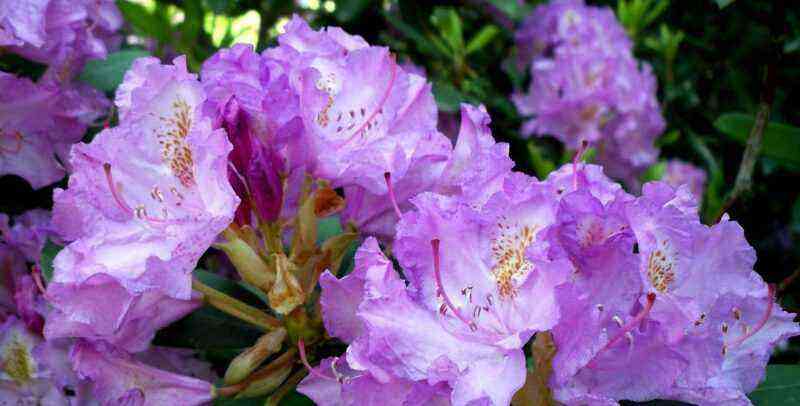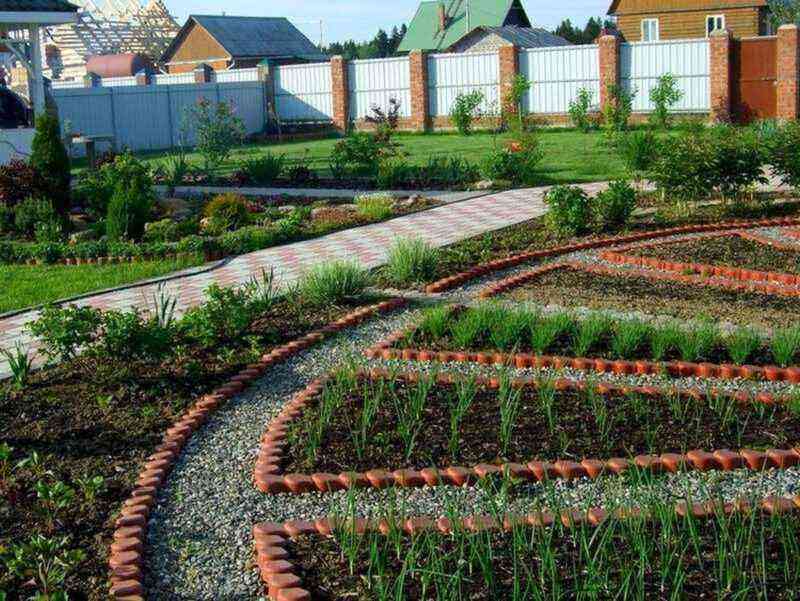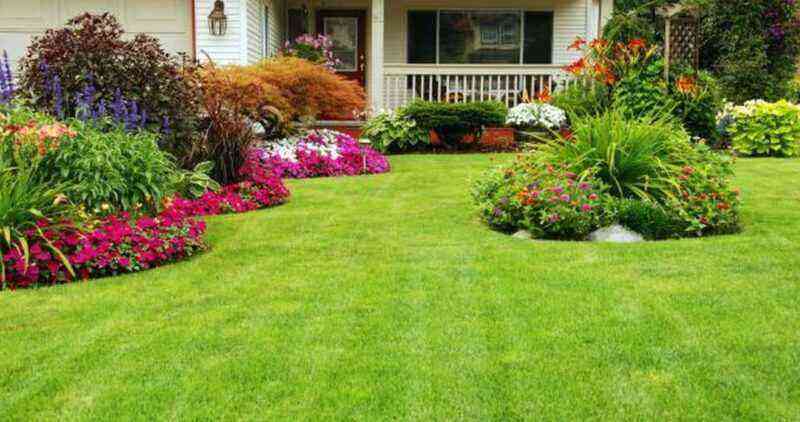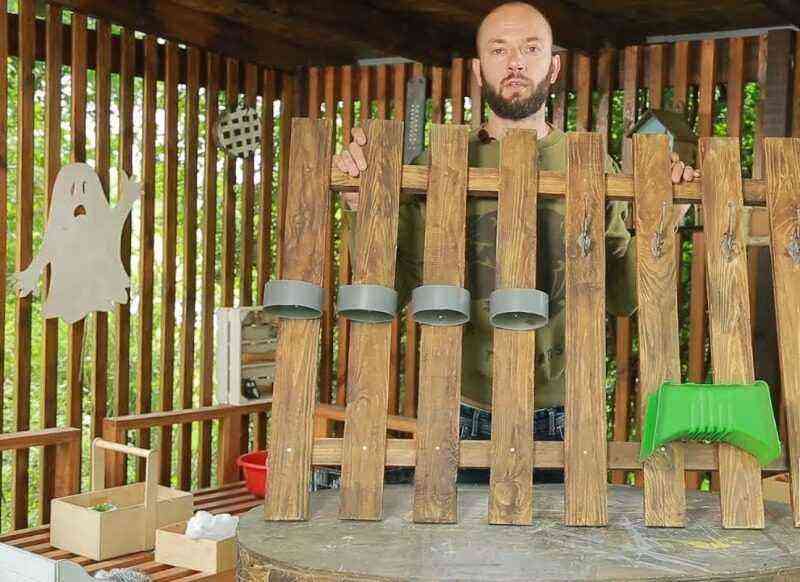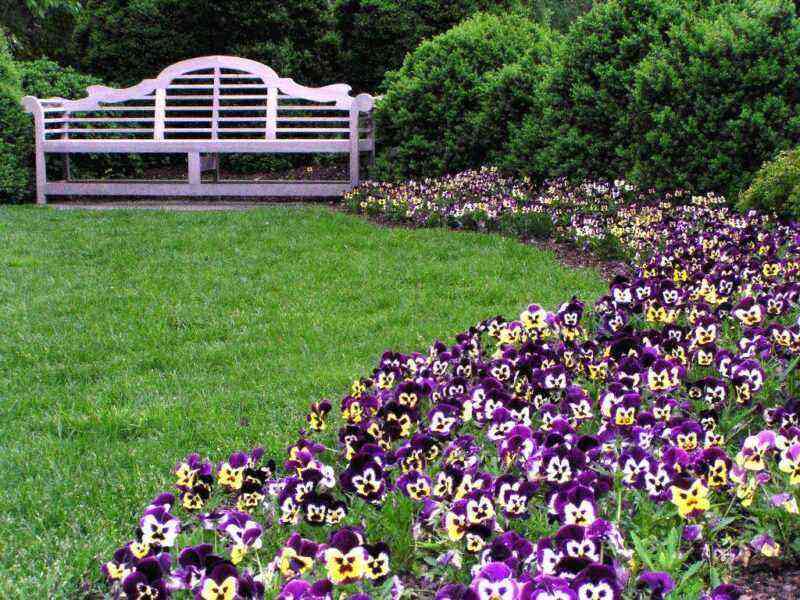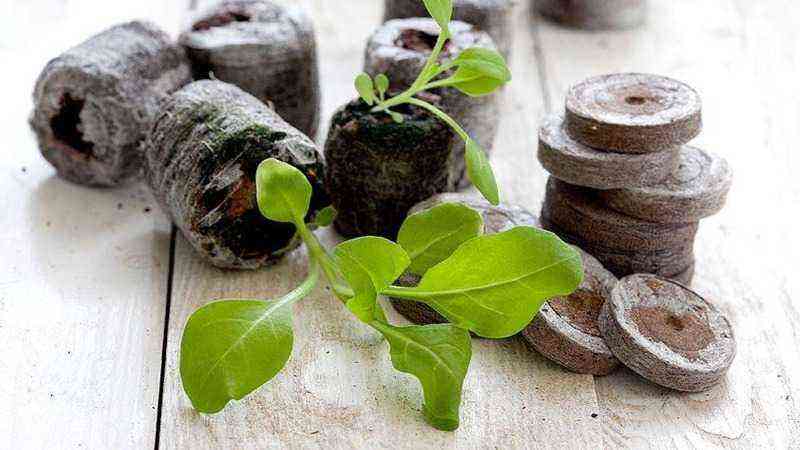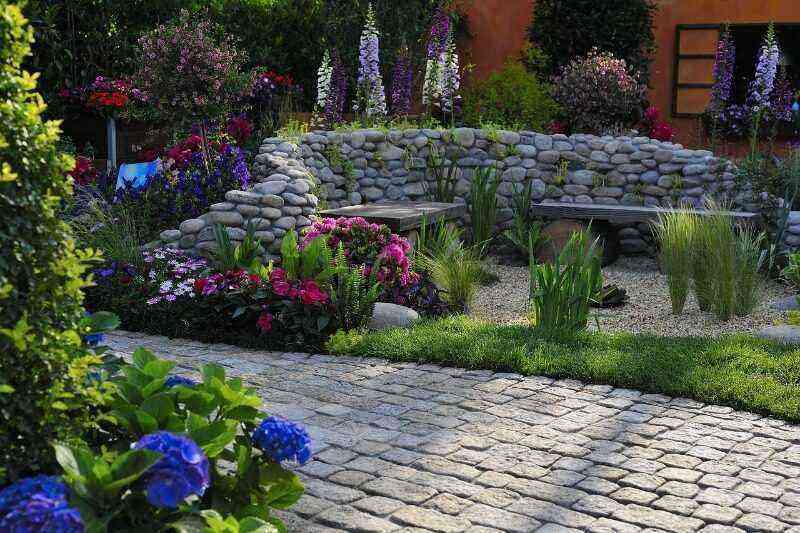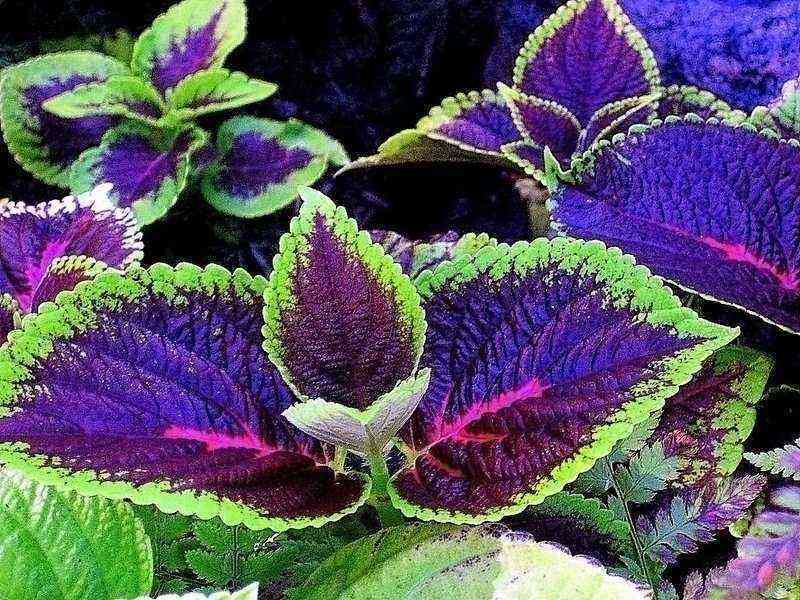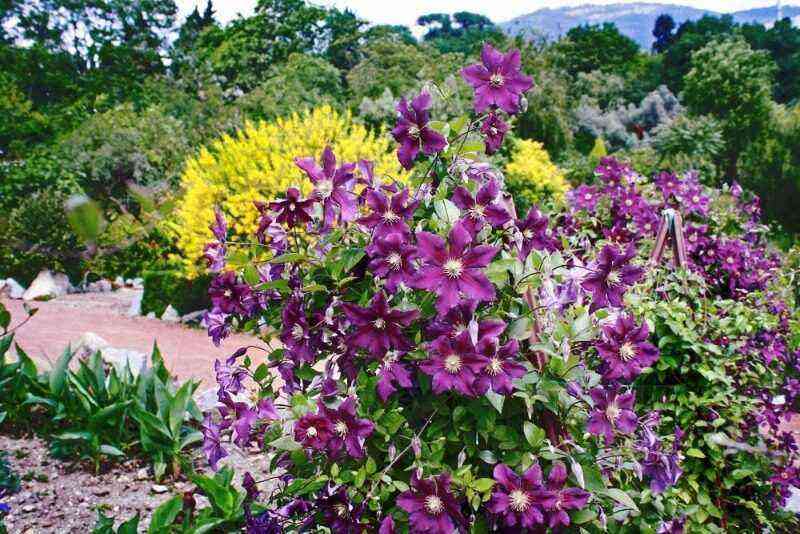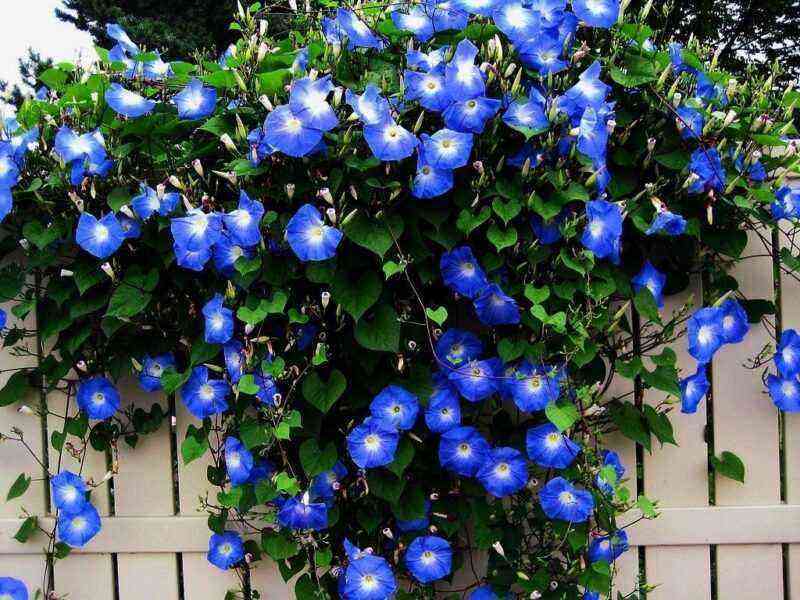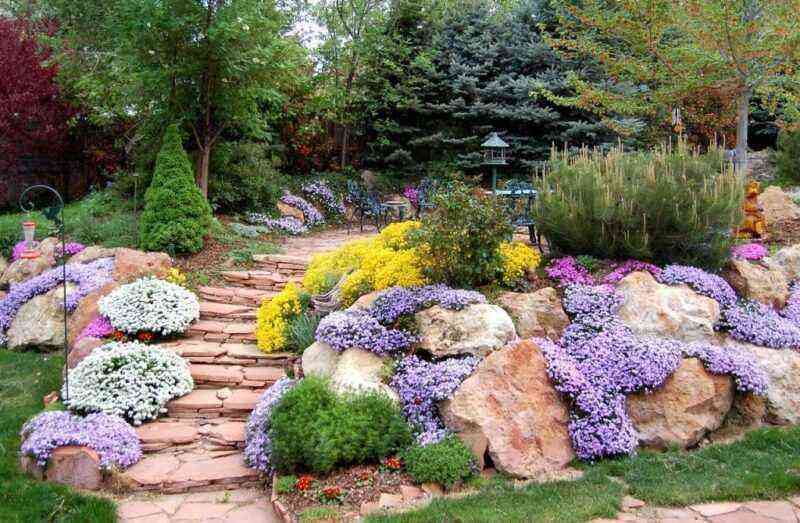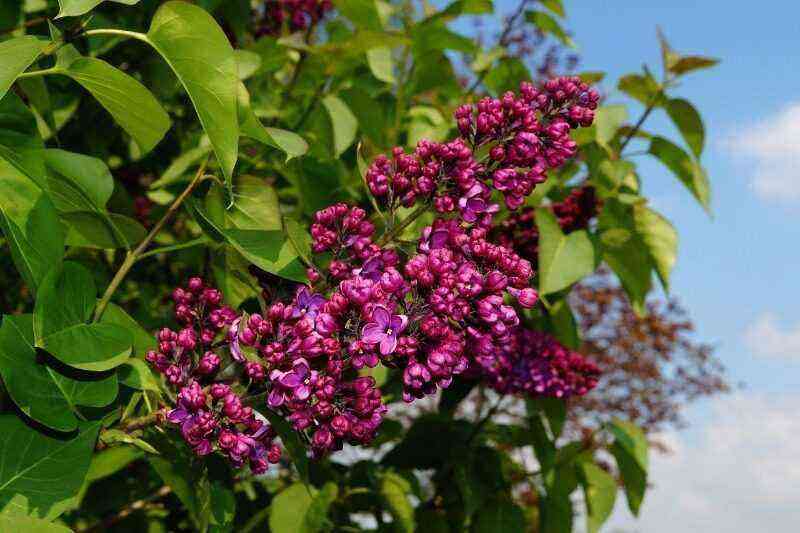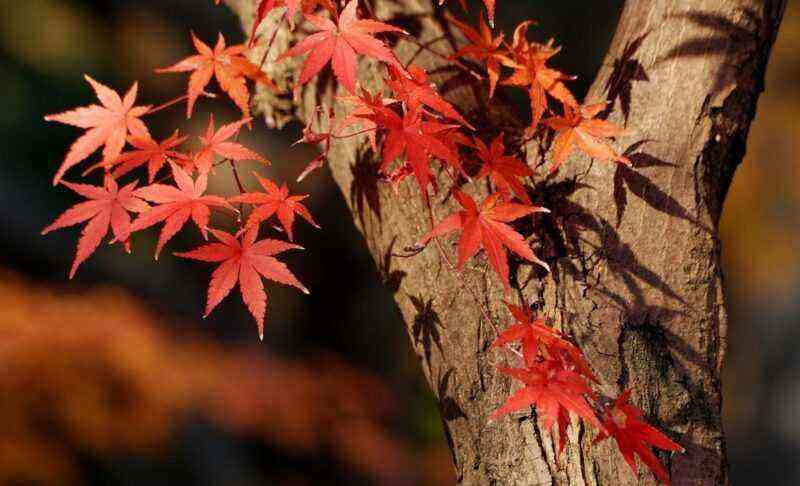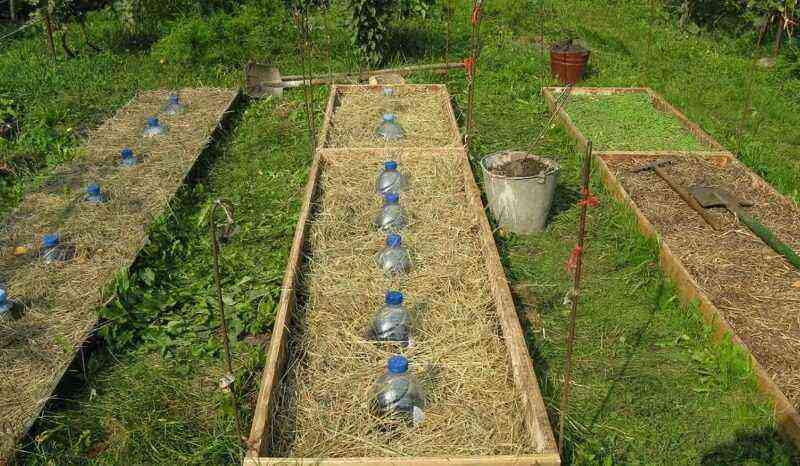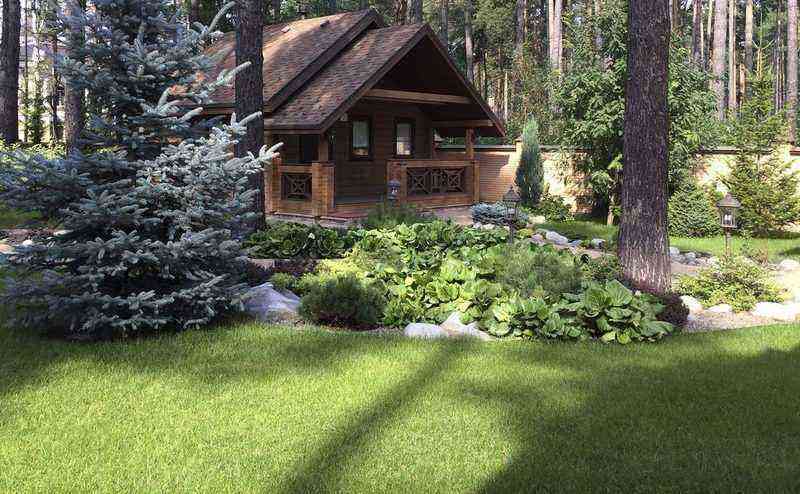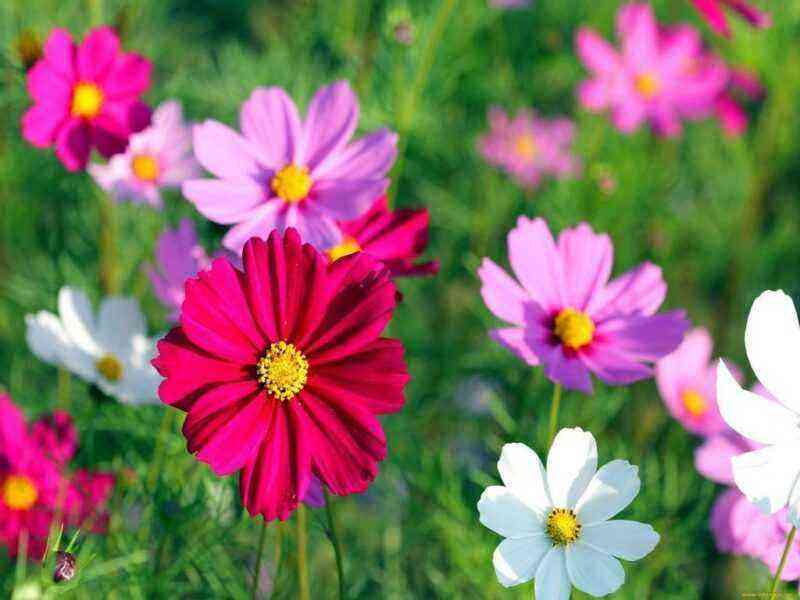Cleoma is a flowering one- or two-year-old plant from the Cleomov family. There are about 70 species in this genus. In its natural environment, the flower grows in areas with a temperate and warm climate. It is appreciated by flower growers for its long and colorful flowering, accompanied by an unusual aroma. The Germans call the flower a “spider plant” for the extravagant shape of the inflorescences. The plant successfully reproduces by the seed method, so it is important to know when to plant glue when growing from seeds and how to properly care for the seedlings in order to achieve the timely dissolution of flowers.
Species and varieties
The most commonly cultivated species of glue are Cleome Hassleriana and Cleome Spinosa… Both of them are from South America, differ only in the color of the inflorescences. On the basis of them, multiple varieties and hybrids were bred by selection.
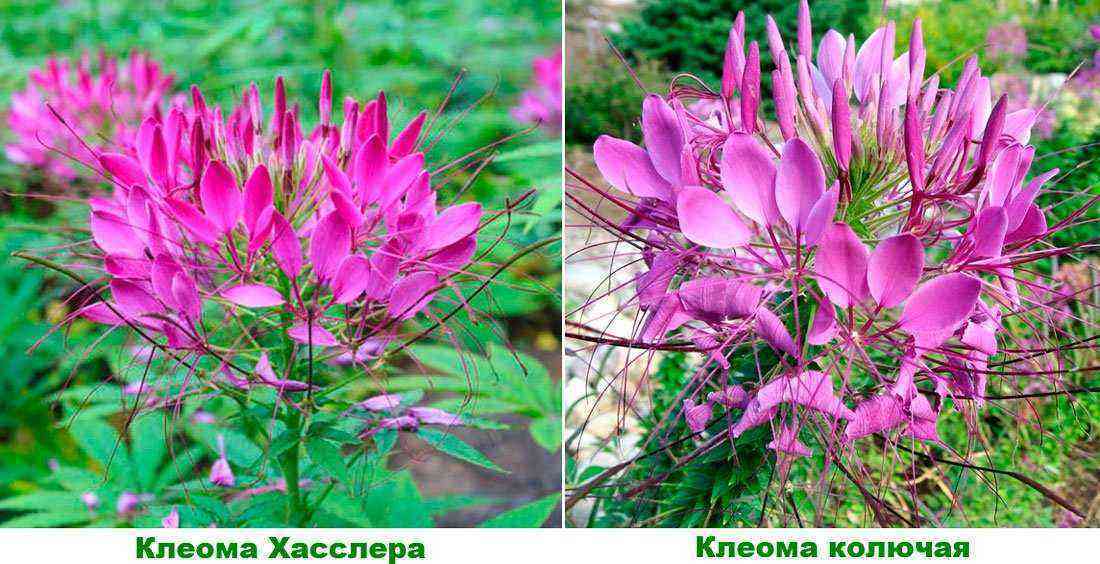
The most popular varieties:
Growing cleoma from seeds: instructions for a beginner
Cleoma is a thermophilic flower in any form, so it feels more comfortable in southern latitudes. If you provide it with appropriate conditions, then it is possible to grow plantings in a cooler climate. It is for this reason that this plant is grown mainly in seedlings from seeds.
Novice gardeners are advised to first try to grow seedlings, and then try to sow seed directly into open ground. Sowing is also possible before winter – in October-November.
When to plant
When choosing the time for planting seeds, it should be borne in mind that they ripen for a long time.… Certain negative external factors serve as an obstacle. So, with early spring sowing, a sharp drop in temperature at night can adversely affect the site. Weed grass constantly overcomes cleoma crops, which also does not have the best effect on seedlings.
If you are late with the dates, then even in the next season there will be no flowering.
When cleoma is planted in spring, flowering usually occurs in mid-July. With seedling germination, you can enjoy the first flowers already at the beginning of summer. But this is on condition that it is necessary to start the process at the end of February or early March. Ready-made planting material is purchased at a florist shop. Most often, a mixture called “Colored Fountain” is presented on sale. When choosing, it is recommended to pay attention to the seed collection period. Ideal if they are fresh. Then germination is better.
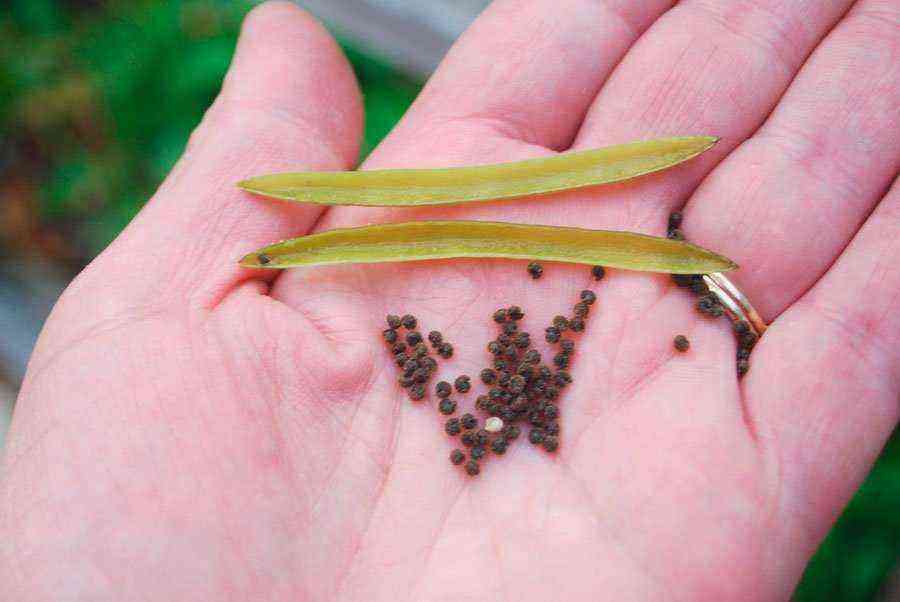
Sowing
Before starting sowing work at home, select the appropriate container and prepare the soil mixture. Small wooden boxes or standard flower pots will do. They are filled with self-made soil from the following components:
- garden land – 2 parts;
- humus – 2 parts;
- river sand – 1 part.
In order for the seeds to germinate faster, they are preliminarily subjected to stratification – they are soaked for 10-12 hours in any solution of a growth stimulator (Epin, Zircon). Add 300-3 drops of the product to warm boiled water (4 ml).
The prepared seeds are deepened into the soil by 1-1,5 cm. From above they are covered with the same substrate and sprinkled with wood ash. Cover crops with glass to create a greenhouse effect. Sprouts appear in 2 weeks.
How to care for seedlings
Containers with seedlings are placed in a well-heated and sunny place. Before the first shoots appear, care consists in regular watering and airing (open the lid). Moisturize plantings once a day, but in moderation. It is impossible for the surface soil layer to dry out. For the sake of prevention, the seedlings are watered once with a weakly concentrated manganese solution.
It is advisable to create artificial lighting in the evening, since the seedlings will lack light in February-March.
As soon as 2-3 strong leaves appear, they begin to pick. Peat-humus cups or other small containers are ideal for this purpose. Cleoma reacts painfully to the transplant, so take it out of the box with care. It is advisable to capture the roots along with an earthen clod. Deepen them to cotyledon leaves.

Further manipulations:
- They feed for the first time in 10-12 days. Complex mineral supplements are used, which are applied once every half a month. The dosage is recommended to be taken two times less than that indicated in the instructions.
- The backlight is removed.
- Water abundantly, but infrequently. Prevents stagnation of water.
To prevent the plant from developing on one side, it is necessary to systematically turn it in different directions towards the light.
Transplantation in open ground
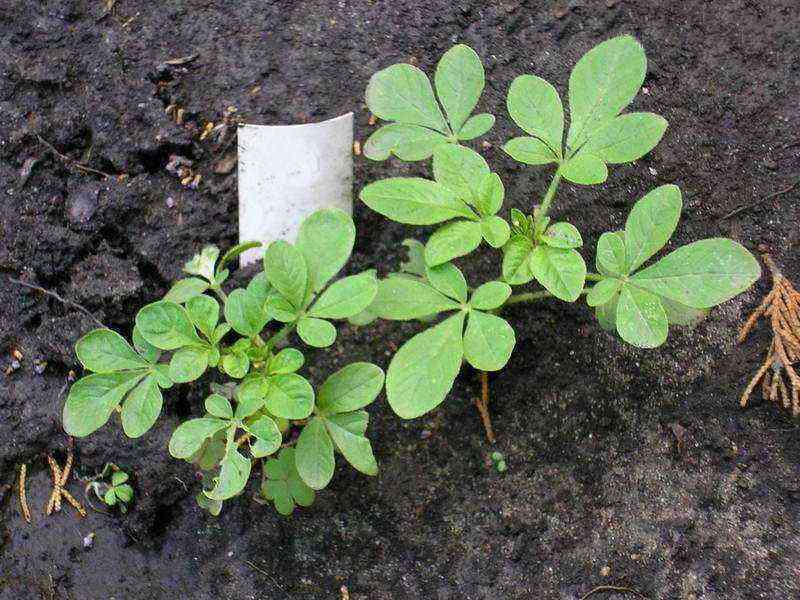
As soon as the seedlings get stronger, you can transplant them to a plot in the garden. The time is chosen when the weather is stable and warm outside and the recurrent night frosts pass. This usually happens in late May – early June. The landing site is chosen sufficiently illuminated with protection from drafts. Cleoma is not particularly demanding on the composition of the soil, but it is preferable that it be nutritious and with a neutral alkaline medium.
In case of depletion of the soil, it is pre-fertilized with special flower additives (2 tablespoons per 1 sq. M) and leaf compost (1 bucket per the same area).
Seedlings are planted directly in pots without removing (if the planting was in peat boxes or other decomposable containers). Bushes are placed at a distance of half a meter from each other. Thus, it is possible to avoid thickening in the future, and the flowering will be more effective. After the completion of planting work, it is necessary to thoroughly water the plants with a humate solution.
Aftercare
In the future, care for the glue is simple and includes the following activities.
- Water the flowers at the root and abundantly only on hot days. However, water stagnation is not allowed.
- Twice a month, top dressing is applied, for which they use the following compositions: Fertika-plus or -combi (40-50 g per ten-liter bucket of water). In case of weakness, the young are watered with a nutrient solution (6–7 g per 3 l of water). Before flowering, fertilize with Zircon, dissolving 1 mg in 1 liter of water.
- The root space is loosened regularly and weeds are removed.
- Shortly before the first frost, flower plantings are ripped out completely and a new plantation is sown with freshly harvested seeds or seedlings the next year.
After the flowers have faded, the seeds are harvested to sow immediately or next spring. High-quality seeds should be round in shape with a diameter of up to 1,5 mm. Their color depends on the flowers and is brown or yellowish. To prevent self-seeding, it is recommended to put gauze bags on the pods in advance.
Due to the specific aroma, cleomas practically do not get sick and are not affected by insects.
Cleomes will become a worthy garden decoration in any style. They are grown singly or as part of various compositions from annual plants (tobacco, lavatera). Often, glue is used to create a hedge or the background of a flower garden, due to its tall shoots.
